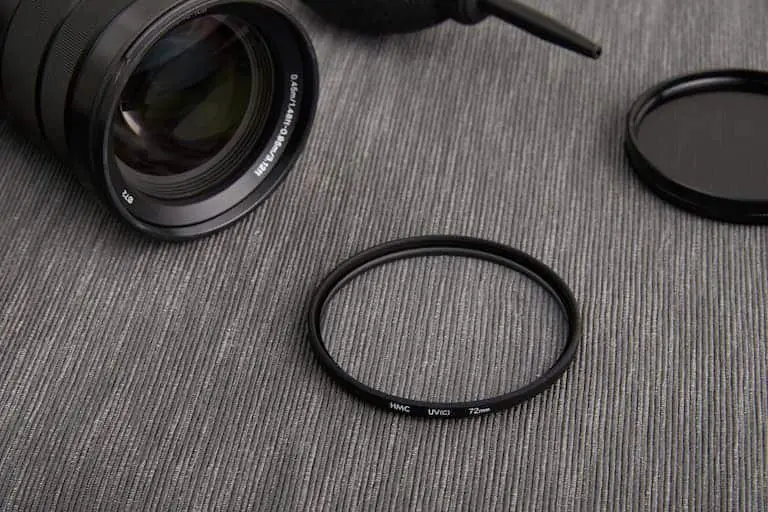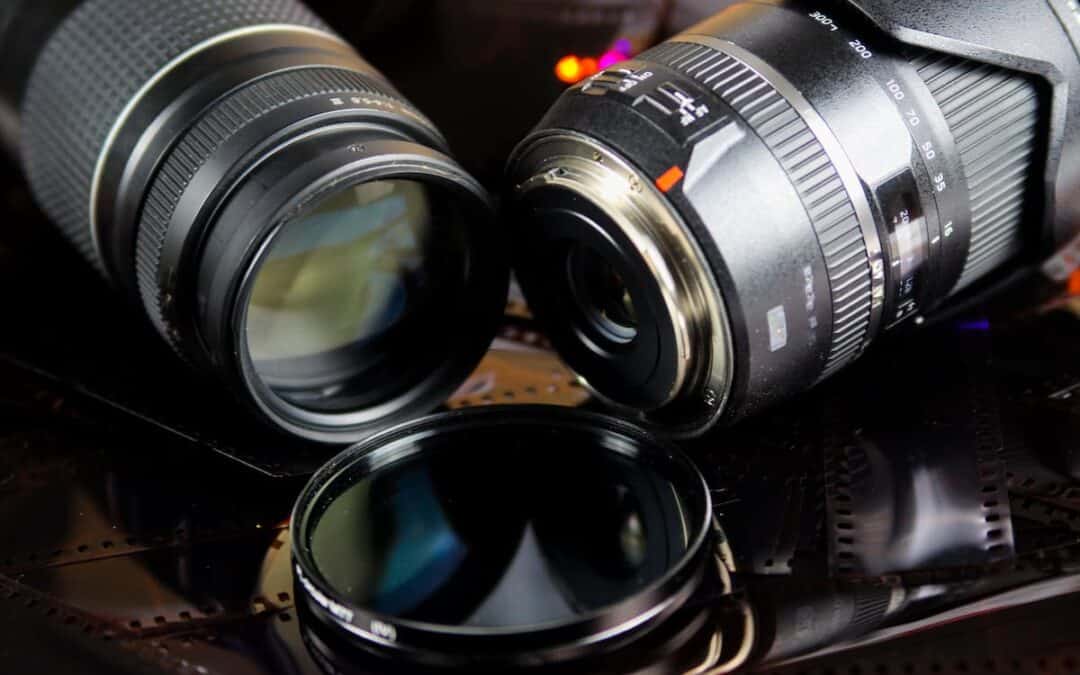Have you ever noticed that camera lenses are always round? We know it sounds obvious, but perhaps you hadn’t wondered about the reason before. Although round lenses look good, it’s definitely not simply a stylistic choice—in fact, there’s a lot of science behind it.
Camera lenses are round because it’s the most effective shape for bending light and focusing it on film or an image sensor. Other shapes are not as effective in focusing light. Round lenses are also more cost-effective to make and provide more stability.
Keep reading to find out why camera manufacturers keep lenses round and why they will probably keep making them that way for the rest of time. Round lenses are great at converging light, but that’s not the only reason behind their shape.
Table of Contents
Why Camera Lenses Are Round
Round lenses do the best job of converging the light needed to produce an image. However, that’s not the sole reason camera manufacturers keep making them round:
- Images produced by a rectangular lens vary with lens orientation.
- Circular lenses are much more practical.
- Circular lenses provide more stability.
Let’s delve a little deeper into each of these reasons.
Images Produced by a Rectangular Lens Vary With Lens Orientation
Rectangular lenses don’t absorb light as well as a round lens, leading to a poor quality image.
Apart from that, rectangular lenses present another problem. The different orientations of the lens produce different images. In a round lens, all edges are equidistant. This means no matter what side the lens is lying on, the photographic details are consistent.
Circular Lenses Are Much More Practical
Circular lenses are much more cost-effective for the simple reason that they are the easiest to manufacture. They are also easier to polish and pack in this shape, which is essential for professional photographers who work with different lenses.

Circular Lenses Provide More Stability
The rounded lens is fitted into a cylindrical chamber that helps with stability when photographers need to spin the lens. It also enables a more comfortable grip that keeps the photographer’s hand steady when pointing the camera at the subject of the photograph.
Why Are Camera Lenses Round but Pictures Rectangle?
Now you know why camera lenses are only ever round, but why is it that they always produce rectangular images?
Round lenses produce rectangular pictures because the film or image sensor on which the picture develops is rectangular. The lens converges the light it absorbs into a region at its center called the focal point. The light converged at the focal point is then pointed to the film or image sensor.
Technically, lenses don’t directly produce the image. They only absorb the light reflected by whatever is in the visual field. The shape of the film or image sensor is what determines the shape of the picture.
Why Pictures Are Conventionally Rectangular
Even though the lens doesn’t determine the shape of a picture, we don’t ever see pictures that aren’t square or rectangular. Can a circular image sensor produce a round picture? Why do we only use rectangles?
While a round image sensor can produce round pictures, it’s simply not a common practice. There are practical reasons why pictures are rectangular:
- Rectangular film is easier to roll into a strip.
- Aesthetic value is lost in rounded pictures.
- Keeping pictures rectangular is customary.
- Rectangular pictures are easier to cut.
Rectangular Film Is Easier To Roll Into a Strip
Film comes in long strips that unwind as more pictures are taken. Imagine how challenging it would be if the film were also circular or some other rounded shape.
Experience taught the first camera makers that rectangular films are easier to load, and that’s how they’ve been made ever since.
Aesthetic Value Is Lost in Rounded Pictures
If film or image sensors were round, the quality of the pictures would be compromised. As we move away from the focal point, the quality of the image diminishes. The regions around the edges of a circular picture would be either dimmer or blurred—the image is finest around the center, where the most light is concentrated.
A rectangular image is cropped out of the circular one to keep the image quality consistent. While some photographic detail is lost after cropping a rectangle out of a circle, aesthetic value is preserved.
The rectangular shape isn’t just practical—it also makes for a more enjoyable picture. A rectangle is similar to our eye’s natural field of view, and it allows photographers and filmmakers to include more elements in a scene.
Keeping Pictures Rectangular Is Customary
Before the prototype of the camera, pictures in the form of paintings and portraits have always been rectangular. We have become used to seeing things through rectangular frames to the point that it feels intuitive and pleasing to the eye.
If we look at history, there have always been circular paintings. But when a painter wants to create a scene or paint a landscape, they always resort to a rectangular canvas. It gives the painter more space and a more natural way to lead our attention from one thing to another.
Rectangular Pictures Are Easier To Cut
This reason is so self-evident that it almost doesn’t need mentioning, but for the sake of being thorough, here it is.

Imagine cutting out pictures into circles for a photo album. Cutting circles is a pet peeve for many people, and it’s easy to see why. It’s just one more thing perfectionists will need to get right or die trying.
Also, why do we get the feeling round passport pictures would somehow make us look even worse?
Conclusion
They say a picture speaks a thousand words. A great-quality picture is indeed worth that much and more.
Cameras have been around for a long while, so it’s only natural that we’ve settled over certain standards over time. One of them is making round lenses—it’s simply the most cost-effective and efficient way to take pictures.
Another standard is the rectangular frame. While it’s not necessary, it’s what comes as more intuitive to our mind—and also the easiest shape to handle after the picture has been taken.

